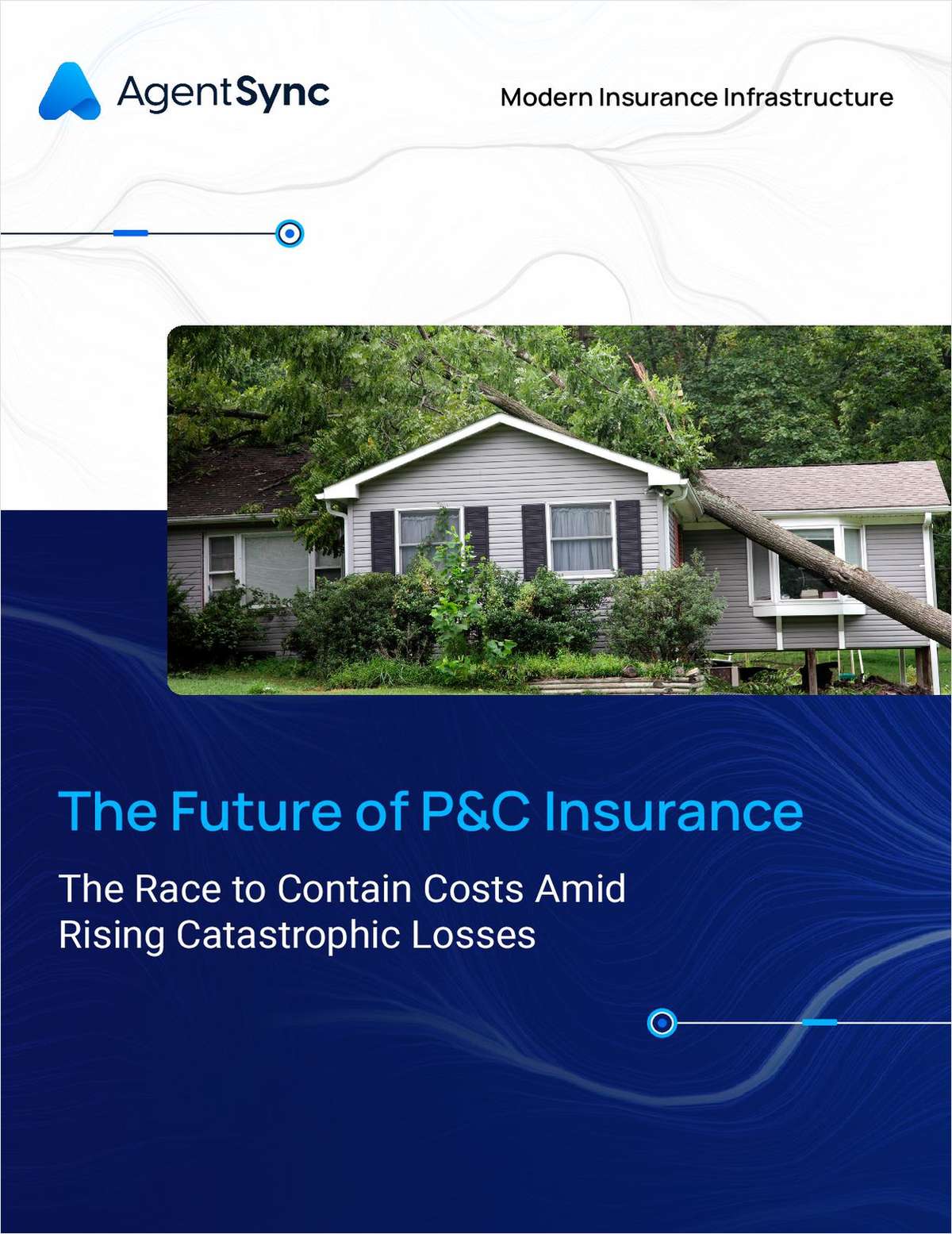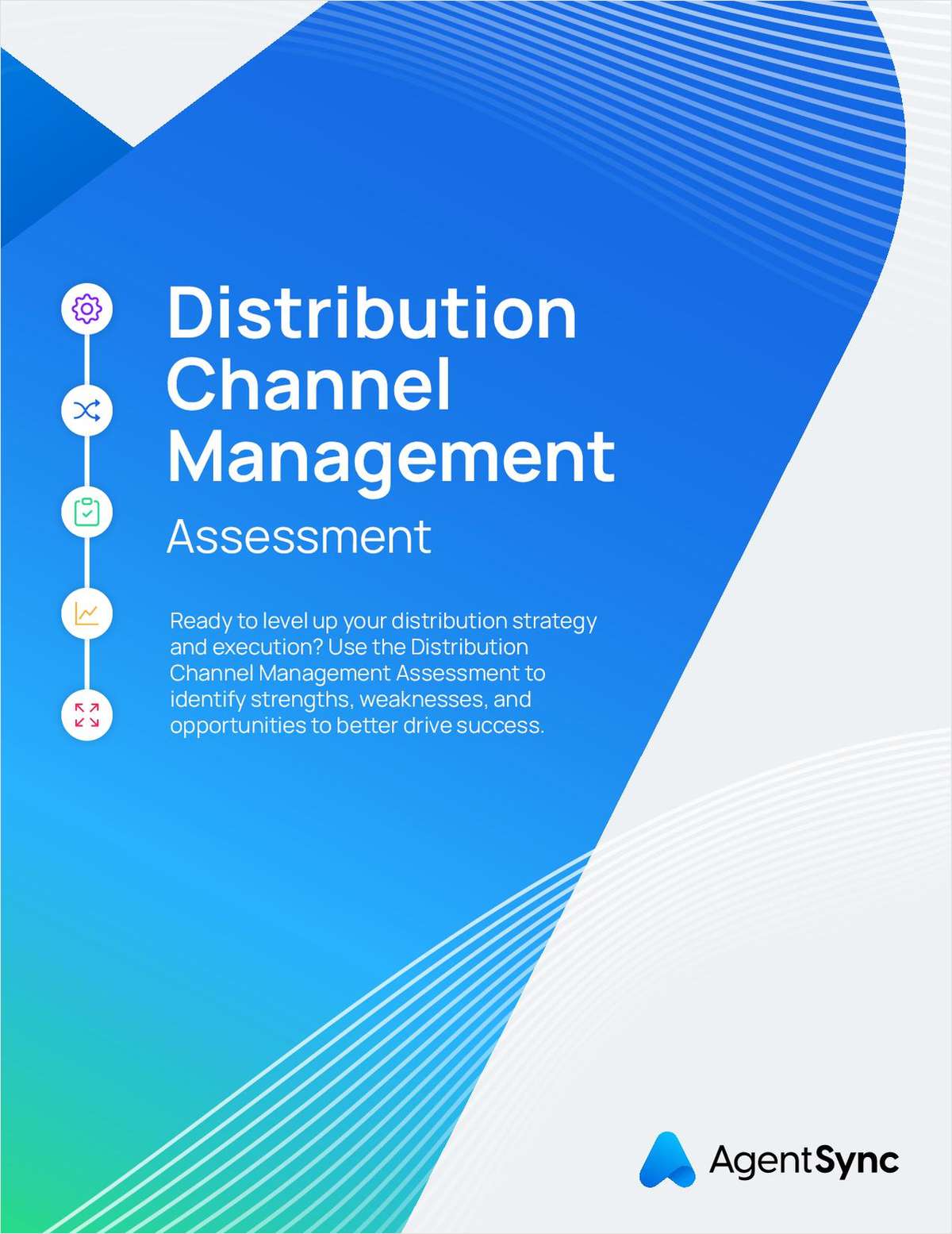S&P Report Blasts Actuaries
By Gary Mogel
NU Online News Service, Nov. 21, 11:29 a.m. EDT?The "ongoing parade of reserve additions" by U.S. property-casualty insurers calls into question the credibility of insurance actuaries, according to a recently released report by New York-based Standard & Poor's Rating Services.
Reserve additions by insurers in 2003 will likely exceed the "massive" $22 billion total for 2002, which itself outstripped the $11.6 billion total for 2001, the report noted.
"Actuaries are signing off on reserves that turn out to be wildly inaccurate," said Steve Dreyer, an analyst in S&P's insurance ratings division. "It's an abysmal track record."
The report complains of "huge surprises" in reserving additions, as insurers reassess their requirements for future payouts.
According to the S&P report, the actuarial profession "may be excused" for underestimating asbestos liabilities, which comprised $10.9 billion of 2002's reserve additions. But, apart from that, ?the average commercial lines writer is not properly assessing its risk in normal bread-and-butter business," said S&P credit analyst Sid Ghosh.
Among the ways insurers "suppress bad news," according to the report, are: spreading reserve additions over several quarters; drawing reserves from one business line to mask deficiencies in another; relying too heavily on reinsurers to carry their liability burdens; and using complex reinsurance arrangements to take credit today for expected future investment earnings on reserves.
"The accounting profession has come in for a lot of criticism in recent years for signing misleading financial statements," Mr. Dreyer noted. "Meanwhile, the insurance industry has done something almost as egregious by, in effect, overstating prior-year earnings by billions of dollars. Somehow, actuaries have avoided the spotlight for abetting this."
The insurance industry's reserving problems can to some extent be alleviated, the report pointed out, by the use of outside consultants and by conducting asbestos studies from the ground up, meaning every account and every claim is examined for potential exposure.
The report goes on to say that insurers would be better served by publishing estimates of future liabilities as a range, rather than as a single number, and by attributing these to individual lines of business.
The report, "Insurance Actuaries--A Crisis of Credibility," can be accessed on a subscription basis at www.ratingsdirect.com. Nonsubscribers can order it at www.standardandpoors.com.
Want to continue reading?
Become a Free PropertyCasualty360 Digital Reader
Your access to unlimited PropertyCasualty360 content isn’t changing.
Once you are an ALM digital member, you’ll receive:
- Breaking insurance news and analysis, on-site and via our newsletters and custom alerts
- Weekly Insurance Speak podcast featuring exclusive interviews with industry leaders
- Educational webcasts, white papers, and ebooks from industry thought leaders
- Critical converage of the employee benefits and financial advisory markets on our other ALM sites, BenefitsPRO and ThinkAdvisor
Already have an account? Sign In Now
© 2025 ALM Global, LLC, All Rights Reserved. Request academic re-use from www.copyright.com. All other uses, submit a request to [email protected]. For more information visit Asset & Logo Licensing.








